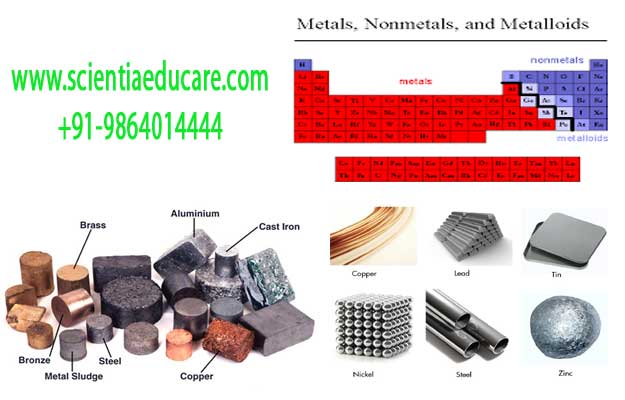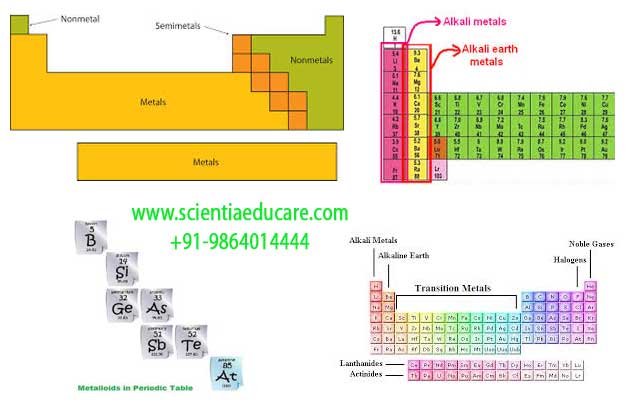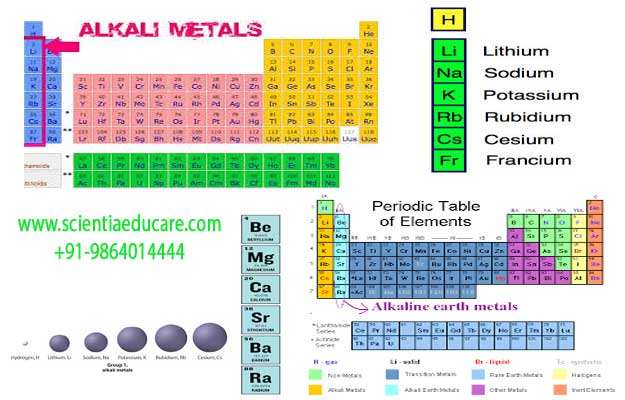
SUMMARY
Metals and Non-metals
• An electrolyte is a compound (salt, acid or base), which in solution or in a molten state conducts an electric current and is simultaneously decomposed by it
• Electrolytes are ionised into electrically charged ions, which carry the current
• Charged ions move towards the oppositely charged electrodes to give up their electric charge and become atoms; these are either liberated or deposited at the electrodes
• Metals and non-metals are characterized by distinctly different physical and chemical properties

• Main physical properties of metals are: lustrous, malleable, ductile, hard, dense, high boiling and melting points
• Metals are also good conductors because they have free electrons, have 1 to 3 electrons in the outermost shell of their atoms and tend to lose electrons and form cations
• Non-metals exist in two of the three states of matter at room temperature, are brittle neither malleable nor ductile, poor conductors of heat and electricity and have a tendency to gain or share electrons with other atoms

• Metals occupy the groups on the left of periodic table and are largely classified as alkali metals (group IA) alkaline earth metals (group IIA) and transition metals (elements between group IIA and IIIA)
• Metals and non-metals combine to form electrovalent or ionic compounds by transfer of electrons between themselves
• Reaction of metals with air to form oxides and with water and acids to liberate hydrogen gas.













